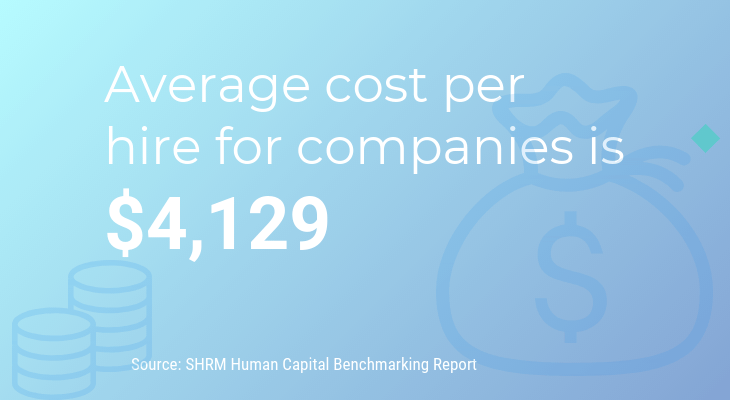7 Tips for Hiring Your First Employee
If you’re ready to hire your first employee, it can be overwhelming figuring out where to start. After all, where are you going to find an employee who works as hard as you do? Believe it or not, the right person for your fledgling company is out there. But hiring someone for your business isn’t always a straightforward process—there are different tax forms, insurance requirements, and government regulations that need to be followed. Below, you can find a basic outline of the steps you’ll want to take as you move forward in the hiring process.Step 1: Get an employer identification number and register with your state’s labor department.
When you are about to hire a new employee, there are quite a few things you need to get squared away. For example, you need to get an EIN or employer identification number as your very first step. You’ll use this on tax forms and any other documentation you need to file your taxes with the IRS. In addition, your first hire means you’ll start paying state unemployment compensation taxes. These payments go to your state’s unemployment fund which provides compensation to workers who lose their jobs.Step 2: Obtain workers’ compensation insurance and set up a payroll system.
Getting workers’ comp coverage to safeguard team members who might get injured on the job is an essential step before taking on a new hire. In the majority of states, this type of coverage is required. There are a few exceptions to this rule however—you’ll need to do your due diligence to understand your local regulations regarding this. Because of required Social Security and Medicare payments, part of your employee’s paycheck will be withheld— but it’s on you to make sure this happens. You’ll have to set up and run a payroll system–or, you can use an automated or virtual payroll processing service system.Step 3: Streamline and focus your hiring process
Your first step in the hiring process should be to outline the role you’re hiring for. Make sure that your job description gives clear job requirements, compensation details, benefits package information, and any other relevant position information. Make sure that you know exactly what your new hire is going to do. Who are you looking for? Do you need a potential employee who can fill in for you on short notice or do you want someone who can work consistently on a 9-to-5 basis? Those are just a few of the questions you’ll want to know the answer to. A basic job description checklist can be found below:- Clear job title
- Role objectives and responsibilities
- Reporting relationship
- Required experience
- Required education including licensing or certifications
- Description of company
- Description of hours and/or schedule
- Details of benefits and perks
- Pay range
Step 4: Conduct a phone screen
After you narrow down your pool of applicants, it’s important to conduct some phone interviews.Phone screens act as an additional filter so nobody wastes their time in an in-person interview. Some of the benefits of a phone interview include: getting applicants to better understand the job itself, finding out if the applicant meets the basic requirements outlined in the job description, and acquiring clarity on a candidate’s experience. These additional screenings also help you determine if salary numbers are in the same ballpark and figure out if the candidate’s long-term career aspirations are aligned with your company’s growth plan. If you’re not sure what kinds of questions you should ask a candidate during your phone interview, you might want to consider the ones below:- Why are you leaving your current employer?
- How would you describe your work style and leadership style?
- Why are you interested in this role?
- What are some of the skills you’d bring to this position?
- What challenges are you looking for in this position?
- What are your salary expectations?
- Do you have any questions about the role?
- What is your proudest work achievement thus far and why?
Step 5: Get your new employee’s paperwork complete and report your new hire to the state
A new employee needs to fill out quite a bit of paperwork prior to beginning work. For instance, new hires must fill out an IRS Form W-4 which is the employee’s withholding allowance certificate. The U.S. Citizenship and Immigration Services (USCIS) also requires employers to fill out a Form 1-9, which verifies that the employee is able to work in the US. You’ll need to report any new hire to your state new hire reporting agency as well.




